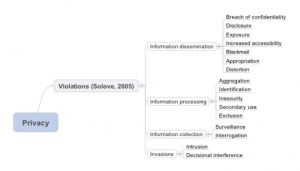The below is based on:
- PhD Thesis Structure and Content – A [perfect] PhD Thesis for UCL
http://www.cs.ucl.ac.uk/staff/c.clack/phd.html - Planning a PhD Thesis
http://www.computing.dcu.ie/~nmcmahon/essays/planning_a_thesis.html - The structure of PhD conclusion chapters
https://web.archive.org/web/20120131043333/http://www.cs.ucl.ac.uk/staff/M.Sewell/faq/publishing-research/Bunt05.pdf
- Include Every Topic Required by the Subject
- Exclude Every Topic Not Required by the Subject
- Working from the Top Down, Divide Each Topic into All Its Subordinates
- Order Each Group of Coordinates Properly
- deal with significant and challenging topics
- take an original approach
- realize a significant contribution to the field
- display an expert use of the literature in the design of the study and discussion of the results
- report clearly and incisively on the literature
Length: approximately 100-150 pages w/o Appendices. First 20-30 pages appear to be seen as a ‘good indicator’ of thesis quality – clearly stated focus, clearly stated contribution, etc.. Partidge’s “four generic thesis types”:
- Introduction
- Literature Review
- Materials and Methods
- Results
- Discussion
- Conclusions
- Introduction
- Topic 1
- Topic 2
- Topic 3
- Conclusions
- Introduction
- Literature Review
- (Background Theory)
- (General Methods)
- Study 1
- Introduction
- Methods
- Results
- Discussion
- Study 2
- Introduction
- Methods
- Results
- Discussion
- Study 3+
- Introduction
- Methods
- Results
- Discussion
- Discussion
- Conclusions
- Introduction
- Background to the Study
- Research Article 1
- Introduction
- Literature Review
- Materials and Methods
- Results
- Discussion
- Conclusions
- Research Article 2
- Introduction
- Literature Review
- Materials and Methods
- Results
- Discussion
- Conclusions
- Research Article 3
- Introduction
- Literature Review
- Materials and Methods
- Results
- Discussion
- Conclusions
- Conclusions
EOF.
